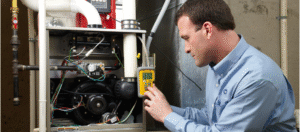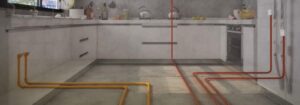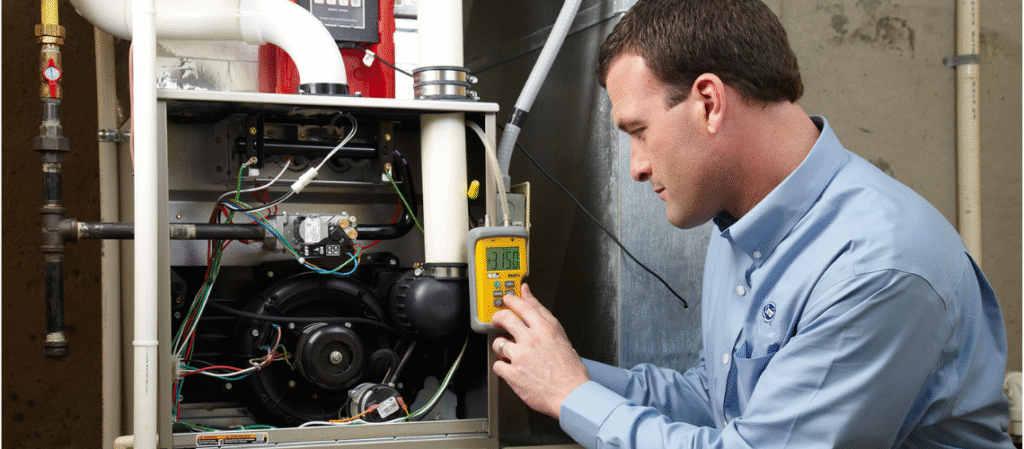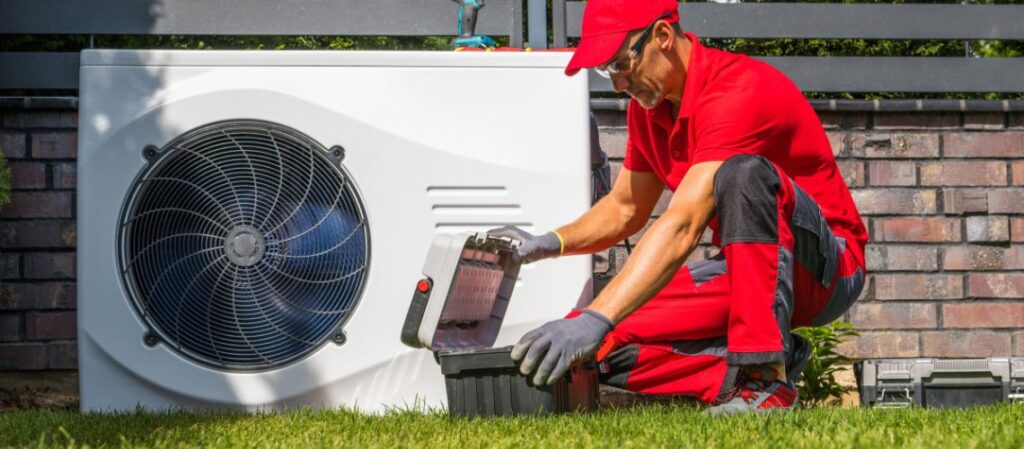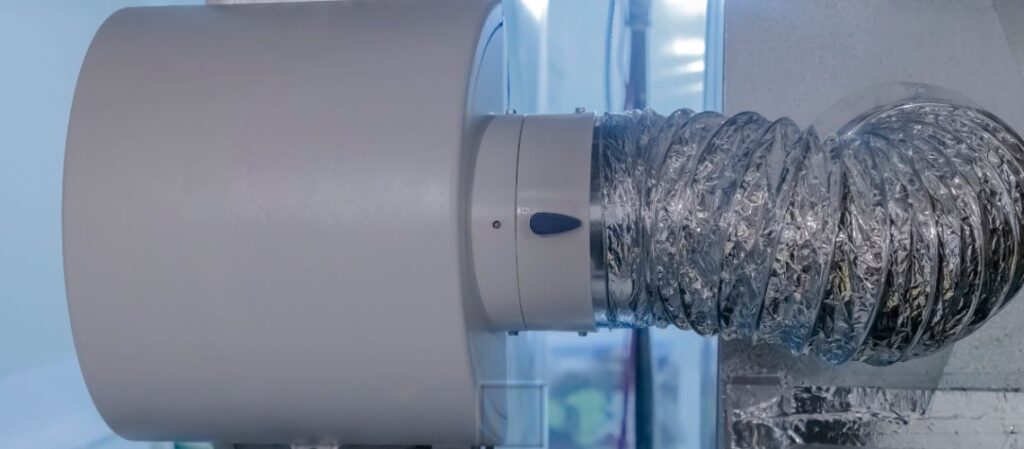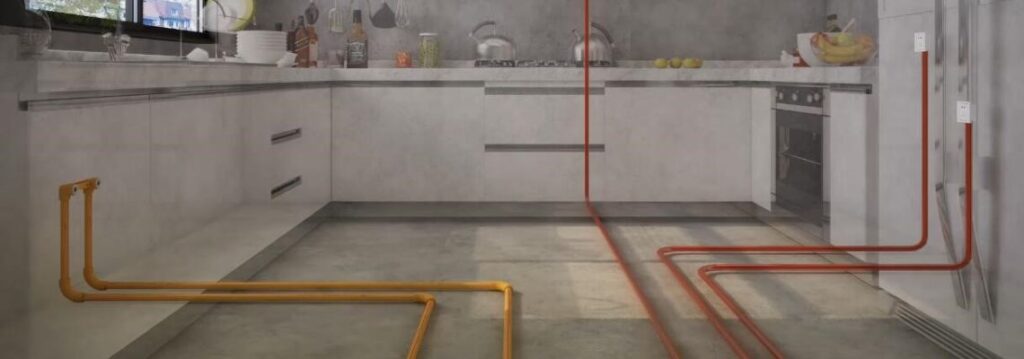Installing a gas line in your home requires careful planning and attention to detail. It’s essential to follow the correct process to ensure safety, efficiency, and compliance with regulations. Using the appropriate materials, such as the right type of gas pipes, is crucial for a successful installation. Here’s a step-by-step guide to help you understand the process.
Choosing the Right Pipe for Your Gas Line
Not all pipes are suitable for gas lines, so selecting the correct type is vital. For first-time installers, deciding on the right pipe may seem daunting. Research and advice from experienced individuals can make the process easier. For instance, LESSO offers high-quality options like aluminum-plastic composite pipes and PE gas pipes. While aluminum pipes are generally used for home decoration, PE gas pipes are ideal for main gas pipelines.
Steps for Installing a Gas Line
Step 1: Turn Off the Gas Supply
Begin by shutting off your home’s gas supply at the gas meter. Turn the valve a quarter turn to ensure it’s fully closed. Double-check that the meter has stopped moving to confirm the gas is off.
Step 2: Select the Right Pipes and Fittings
Choose the correct pipe size and brand based on your city’s regulations and requirements. For domestic gas lines, sizes typically range from 1.27 cm to 3.81 cm. Consult with your local gas company to ensure you’re using materials that meet their standards.
Step 3: Extend the Existing Gas Line
To extend the current gas line, attach valves and pipes to reach your new appliance. Apply pipe dope to the threads of pipe ends for an airtight seal—never use tape, as it may loosen over time and cause clogs.
Step 4: Connect the Gas Line to the Appliance
Use a flexible pipe to connect the extended gas line to your appliance.
Step 5: Test for Airtight Seals
Apply a liquid solution to the seams of your gas line to detect leaks. If bubbles form, tighten the connections further. If the issue persists, disassemble the pipe, inspect the threads, reapply pipe dope, and reassemble. If the leak remains unresolved, replace the pipe and fittings.
Step 6: Turn the Gas Back On
Adjust the valve to restore the gas flow. Test the line to ensure the gas is reaching your appliance correctly.
Installation Precautions
Handling gas line installations without proper experience can be hazardous. If you’re unfamiliar with the process, it’s best to hire experienced professionals. Choose a reputable company or contractor with a proven track record in gas line installations.
Always perform a pressure test before using the gas line to avoid potential explosions. Ensure that the gas line sizing matches the appliance requirements for optimal efficiency. Safety should be your top priority—any mistake could lead to dangerous consequences.
By following these steps and taking the necessary precautions, you can successfully install a gas line in your home. If you encounter any uncertainties, don’t hesitate to consult professionals for guidance. Proper preparation and execution are key to ensuring a safe and efficient gas line installation.
